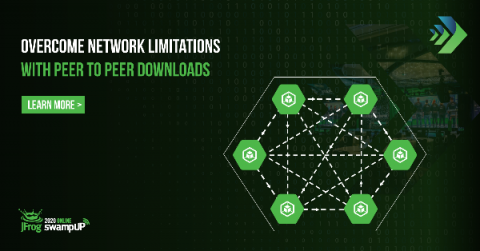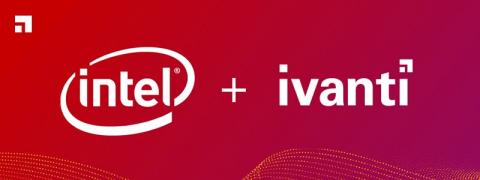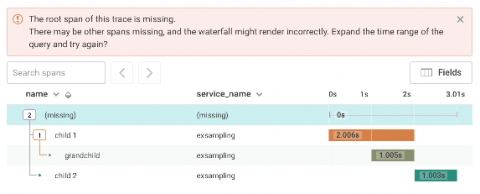Announcing the Tigera - Nutanix Partnership
Today we are pleased to announce our partnership with Nutanix, creators of the industry’s most popular hyper-converged infrastructure (HCI) technology. HCI combines datacenter hardware using locally-attached storage resources with intelligent software to create flexible building blocks that replace legacy infrastructure consisting of separate servers, storage networks, and storage arrays.











